Speak to any gardener, and they are likely to name slugs and snails as some of their biggest pests. In the farming world too, these hungry molluscs are generally despised for their tendency to ravenously attack certain crops.
Yet snails have a natural place within the ecosystem, and losing them would leave a significant hole, one which even the most disinterested person would soon feel. So what is it that snails do for the world? And indeed, for us?
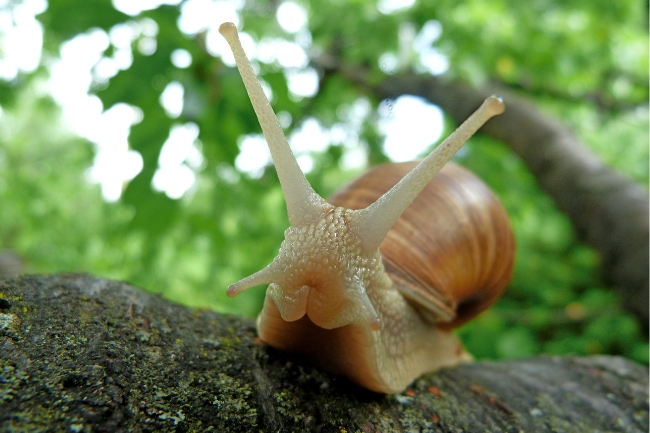
A list of reasons why snails are important to the ecosystem
| Ecosystem Service | Examples of Snail Contributions | Additional Information/Explanation |
|---|---|---|
| Nutrient Cycling | Decomposition of organic matter | Snails play a vital role in breaking down organic material in ecosystems |
| Algae Control | Grazing on excessive algal growth | Snails help regulate algal populations and maintain ecological balance |
| Soil Aeration | Burrowing activities | Snail movements enhance soil aeration and nutrient penetration |
Food for thought
Despite their protective shell, snails are relatively defenceless against many different kinds of predators. They are slow-moving, and once found have little in the way of weapons to fight back with. They are also often plentiful, and nutritious, particularly in their high calcium content.
A wide range of animals take advantage of this easy and tasty food, including mammals such as badgers and hedgehogs, birds like blackbirds and gulls, and even other insects such as the fabulously luminescent glow-worms.
Many birds particularly benefit from their calcium-enriched protein package in the spring, during nesting season. In this time, egg production requires a healthy amount of calcium, as well as a lot of energy. Some studies have found birds bulking up on snails during this time.
One bird that is a particular expert at removing snails from their shells is the thrush. Thrushes bash snails against stones to release them from their protective casing. These ingenious birds generally have favourite stones that they return to time and again, snail shells littered about it.
So while we may not always appreciate these slimy molluscs, if you enjoy the beautiful song of thrush or the amazing light of the glow-worm, you should certainly remember the snail.
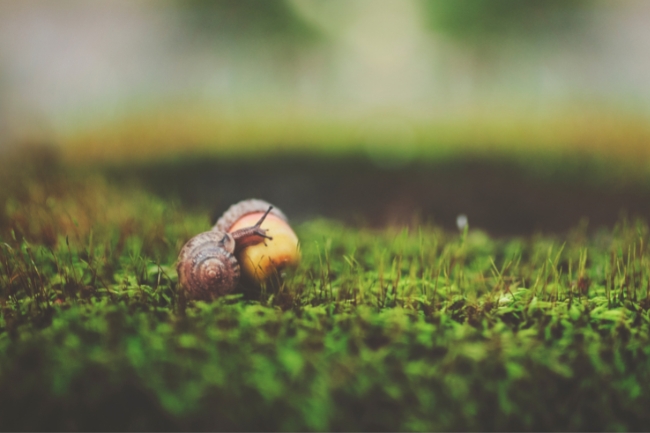
Natures recyclers
Everything within the natural world comes to an end at some point, whether it be a sticky end at the claws of a rival or a predator, an unfortunate end through disease or accident, or a peaceful end of old age. From plants to fungi to animals, dead bodies litter our countryside. Yet, luckily, we have a busy cleaning crew on hand to tidy up all this waste.
There are a wide variety of ‘decomposers’ or ‘detritivores’ within the natural world. Fungi, beetle larvae and millipedes all help to break down dead matter. While these creatures may not receive the credit they deserve, their role is a vital one.
For those animals that aren’t decomposers, the nutrient within the dead bodies surrounding them cannot be easily acquired. Once a worm or a snail has eaten and digested that material, what comes out of the other end of them is readily available for plants to make use of, and those plants then make those nutrients available for the animals that eat them. This is the chain of processes that make up our food web.
Snails, as decomposers, help to keep the nutrients cycling, and importantly prevent a build-up of waste that could lead to the spread of disease. This is true of land, sea and freshwater snails. Many sea snails feed on dead fish and fish faeces, helping to make them the cleaners of the sea. It’s this vital work that helps to build the diverse and thriving world around us.
Also read: Snails When it Rains: Why Do They Come Out?
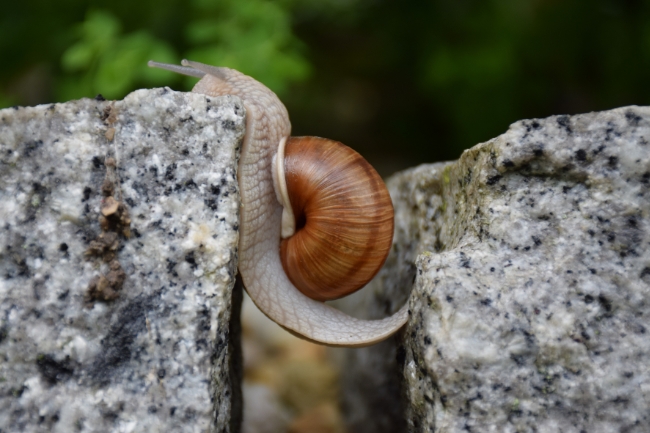
The great equalizers
It is naturally very annoying when a snail decides to have a go at your favourite garden plants, but this process is as natural as the cows chomping away at the grass in the surrounding fields. Generalist herbivores, like snails, will usually eat whatever plants they come across. Of course, there are some particular species they enjoy more, such as those with high levels of calcium, but they are generally more likely to feed on plants that are more common.
What this means is that snails, and other herbivores, help to reset the balance, when one plant is starting to outcompete another. In the long run, though it may not be as obvious in the short term, this means that our floral assemblage is more balanced. And with a wider range of plants, we get a wider range of insects that feed on them. All of this adds to the overall biodiversity of the world.
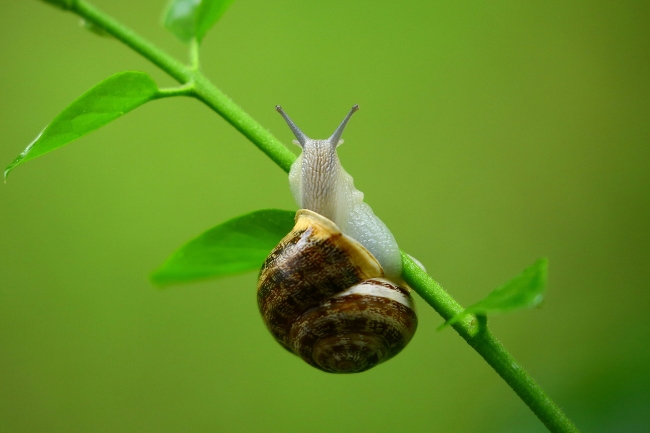
Nature’s slowest pollinators
It may amaze you to find out that snails are one of our many pollinator species. A pollinator is an animal that helps move pollen between two flowers, therefore allowing them to be cross-pollinated, causing the plant to produce seeds.
Our most famous pollinators are naturally bees and butterflies, but wasps, moths, ants and even bats, are all important pollinators too. Snails cross-pollinate in the same way that most animals do, they visit a flower and get pollen grains attached to their bodies, before visiting another flower and dropping them.
Pollination by snails is, however, much less common than by other species, but it does occur in the natural world often enough that we can safely say snails are accidental pollinators.
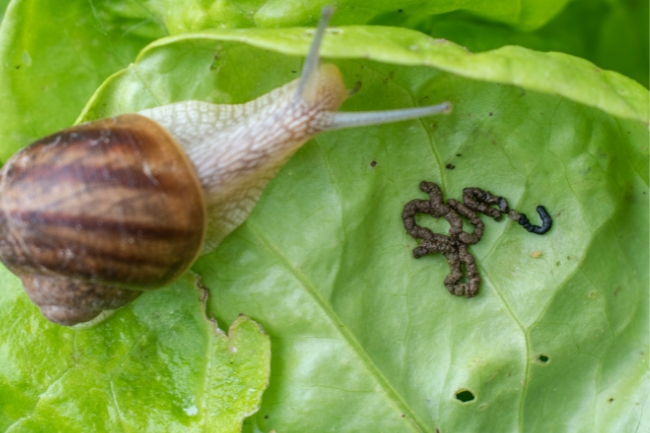
Spore dispersers
It’s not just flowering plants that snails can aid in their reproduction. Ferns and bryophytes have also been found to make use of hungry snails. While out munching away on anything green they can find, many snails will accidentally ingest the spores of plants such as ferns and bryophytes.
Normally such spores would be dispersed by the wind, however, wind dispersal can be rather unreliable, and many of the spores will end up close to their parent plant. Spores, which are ingested by snails, sit inside them as they head off on their travels. Snails poop very infrequently, and so it can be a good while before the spore emerges from the snail in a packet of nutritious poop.
Contrary to what we might assume, the spore often passes through the snail unharmed, and can now grow in a new spot without any relatively close by to overshadow its progress. A journey worth making.

Life after death
Even in death, snails can provide something for the natural world. Snail shells are surprisingly resistant to decomposition, and are amazing little structures that can give homes to all kinds of creatures.
The red-tailed mason bee is one solitary bee species that has chosen this unusual leftover as a home. Inside the empty shell, it can raise its brood, a safe and sheltered spot for these little insects.
Spiders too have been known to reuse snail shells. Olios coenobitus, a Madagascan species, hoists the snail shell up using its silk, creating an elevated home for itself.
| Snail Role | Examples of Interactions | Additional Information/Explanation |
|---|---|---|
| Prey | Eaten by birds, frogs, and small mammals | Snails serve as a food source for various animals in the food chain |
| Detritivore | Consume decaying plant matter | Snails contribute to the breakdown of organic material in the ecosystem |
| Host for Parasites | Infected by parasitic worms | Snails can serve as hosts for various parasites, influencing ecosystem dynamics |
Slow but vital
So while snails may not be everyone’s favourite, it’s easy to see what an important place they have in our natural environment. From what they eat to what eats them, they are a part of a complex food web, and have an important role to play. So while you may not thank them for nibbling on your cabbages, you can thank them for feeding our glow-worms, eating our rotting veg and even pollinating the odd flower.

